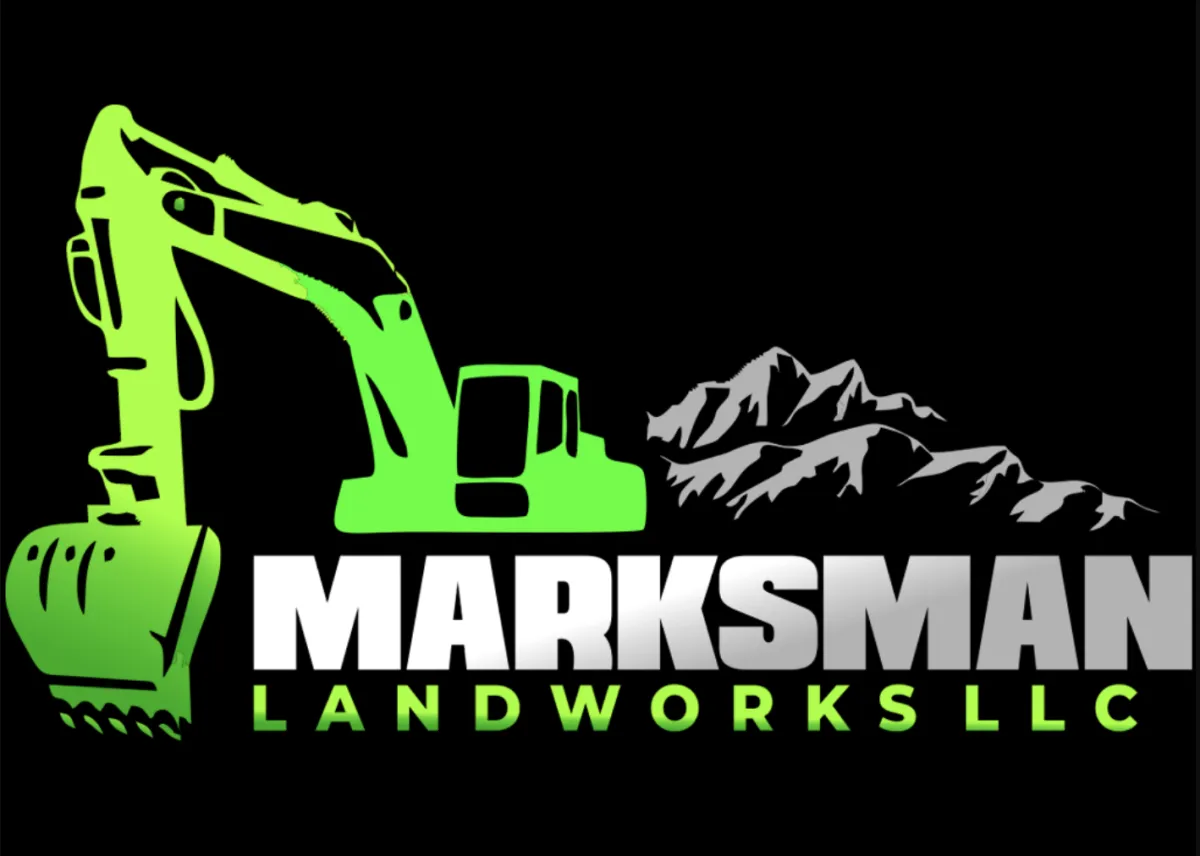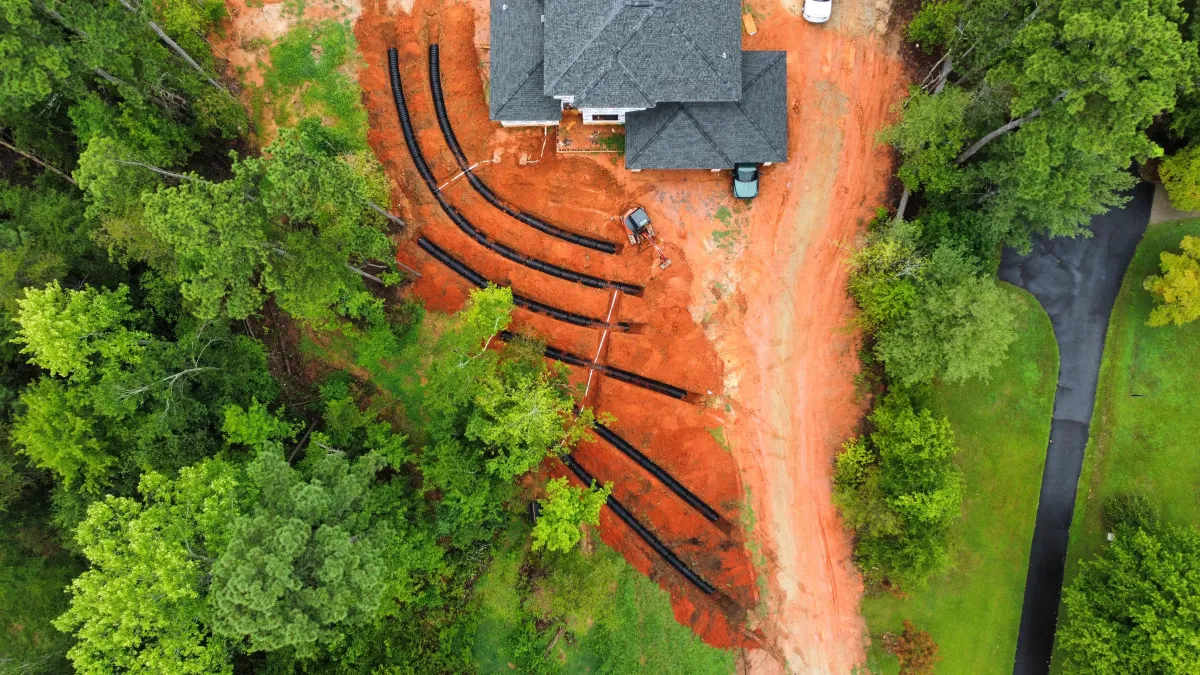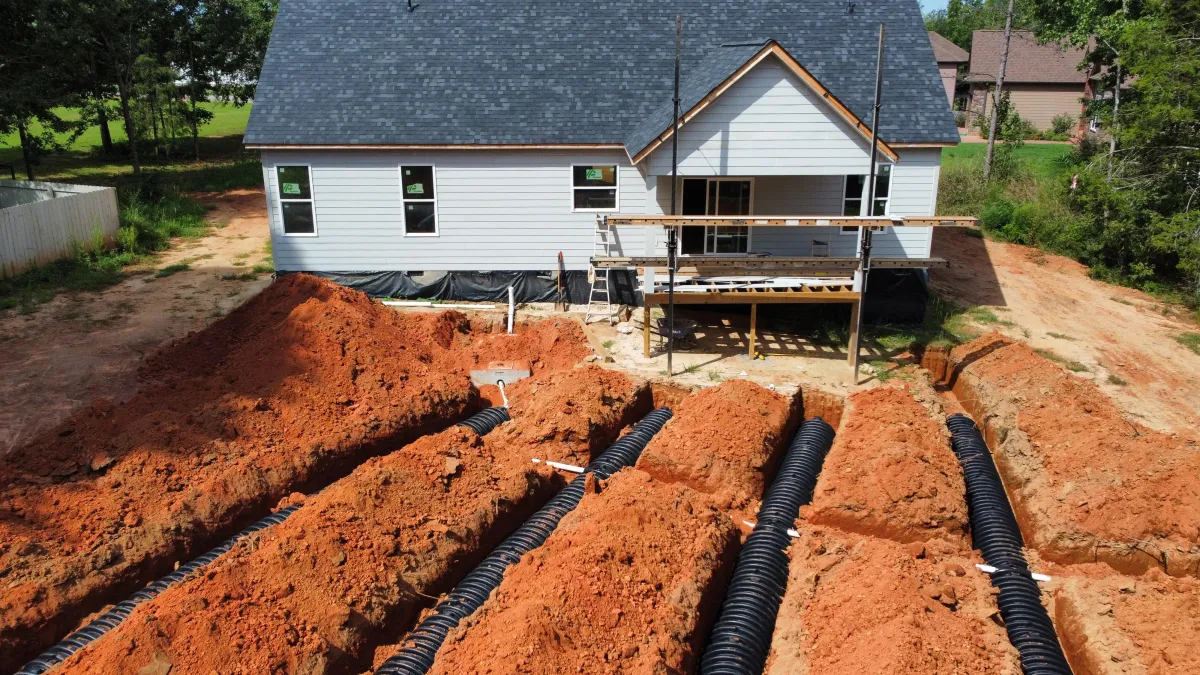
Serving Counties: (North Carolina): Polk, Rutherfordton (South Carolina): Cherokee, Spartanburg, Boiling Springs
Drain Field Replacement near Spartanburg County, South Carolina
Marksman Landworks LLC is Committed to superior quality and results!

AVOID COSTLY MISTAKES:
Do NOT hire an excavating contractor without first reading our free guide:
The ULTIMATE Excavation & Septic "Success Guide."

Drain field replacement near Spartanburg County, South Carolina
If your yard smells like sewage, toilets gurgle, or soggy patches appear over buried lines, the drain field is asking for help. A healthy system quietly returns treated wastewater to the soil. When the field clogs or fails, wastewater backs up, lawns flood, and health risks rise. This guide explains what the drain field does, the benefits of timely replacement, why hiring local help matters, and the full process to get Drain field replacement near Spartanburg County done the right way.
How Can We Help?


What a drain field actually does
Think of the septic tank as the settling area and the drain field as the finishing filter. After solids stay in the tank, clarified effluent flows into perforated pipes or chambers. The surrounding gravel and soil spread the water so natural bacteria can polish it before it sinks deeper. Good soil structure, correct sizing, and even distribution keep the system working for years.
Signs you may need a drain field replacement near Spartanburg County, SC
Watch for symptoms that persist even after pumping the tank: slow drains across the house, frequent backups, surfacing effluent, standing water that lingers, or patches of bright green grass in dry weather. A strong sewage odor outside is another warning. If a camera inspection shows biomat overgrowth, root intrusion, crushed lines, or soil that no longer absorbs, replacement is often the smart call.
The benefits of timely drain field replacement near Spartanburg County
Replacing a failing field prevents sewage backups, protects wells and streams, and restores safe use of bathrooms and laundry. It also raises property value and keeps you in compliance with county and state rules. A new, code-compliant field-sized for your household can last decades, reduce emergency bills, and lower stress. Most importantly, it protects your family’s health and the groundwater everyone shares.
The benefits of hiring a drain field replacement specialist near Spartanburg County, SC
Local professionals know South Carolina codes, Spartanburg County permitting, and the soils that dominate the area. They understand percolation rates, setbacks from wells and property lines, and when an engineered system or alternative design is best. A qualified installer brings the right equipment, coordinates inspections, handles spoil disposal, and documents the work for your records. That saves time, avoids fines, and limits the risk of doing the same job twice.
See Our Excavation & Septic Services

✔️ Septic Services
✔️ Sewer Repairs
✔️ Septic Repairs
✔️ Residential Excavation
✔️ Demolition
✔️ Forestry Mulching
✔️ Grading
✔️ Lot Clearing
✔️ Retaining Walls
Quality Services Launched FAST!

✔️ Full Site Preparation
✔️ Trenching
✔️ Land Clearing
✔️ Tree Services
✔️ Traditional System Installations
✔️ Aerobic Systems
✔️ Plastic/Poly and Concrete Septic Tanks
✔️ Drain Field Replacements
What Are You Waiting For?
The process for hiring for drain field replacement near Spartanburg County, SC
Initial call and site check. Share symptoms, age of your system, pumping history, and lot details. A pro will visit, locate components, and evaluate drainage patterns and access.
Records and soil testing. If past permits exist, your installer will pull them. Expect a percolation test or soil evaluation to confirm the right design and capacity.
Design and proposal. You’ll receive a clear design showing field type, trench depth, distribution, and setbacks. The proposal should list scope, materials, schedule, and warranty.
Permits and scheduling. Your installer files for county approval, coordinates inspection windows, and sets a start date that fits your calendar and weather.
Decommissioning the old field. The crew isolates failing lines and manages wastewater safely to maintain hygiene throughout the project.
Installation. They excavate, grade, install chambers or pipes with clean aggregate, set distribution boxes, and ensure level, even flow.
Inspection and backfill. County officials verify the work matches plans. The crew backfills, restores grade, and stabilizes soil to prevent erosion.
Start-up and care plan. You get a simple maintenance schedule, do’s and don’ts, and an as-built for future reference.
Local codes, soil, and permits in Spartanburg County, South Carolina
Soils vary from sandy loam to clayey layers. That means percolation rates can range widely, affecting system size and style. Setbacks from wells, streams, and structures must be respected. Many sites need reserve area planning for future repairs. Your installer will follow South Carolina DHEC guidance and county requirements, schedule inspections at the right stages, and provide erosion control so silt does not leave the site.
Timeline, budget, and what to expect
Most replacements take a few days once permits are in place. Weather, soil moisture, and site access can add time. Budgets vary with system size, depth, rock conditions, tree removal, or need for alternative technology. Clear proposals itemize excavation, materials, aggregate, chambers or pipe, distribution components, restoration, and hauling. Ask for allowances on rock or unsuitable soil so surprises are limited. Good crews keep the site tidy, protect landscaping where possible, and communicate every step of the way. Expect a final walkthrough that reviews elevations, flow testing, distribution balance, restoration details, and your maintenance plan.
How to choose the right local partner
Look for proof of licensing and insurance, recent local references, and photos of similar projects. A trustworthy contractor answers questions, explains trade-offs, and shows you elevations and level checks before backfilling. They plan traffic paths to avoid damaging driveways and coordinate pump-downs to limit downtime inside the home. They also explain why your old field failed so you can avoid repeating the same habits.
Care tips after your new field is in
Pump the tank on schedule based on household size and usage. Spread out laundry, fix leaky fixtures, and avoid sending grease, wipes, or harsh chemicals down the drain. Divert roof drains and yard irrigation away from the field. Do not drive or build over the area. Keep a simple sketch with measurements to help future service. A few small habits pay huge dividends in system life.
Hours: Mon-Sat 7.30am-6pm
Extended hours by appointment only.
All rights reserved | Client Support Area